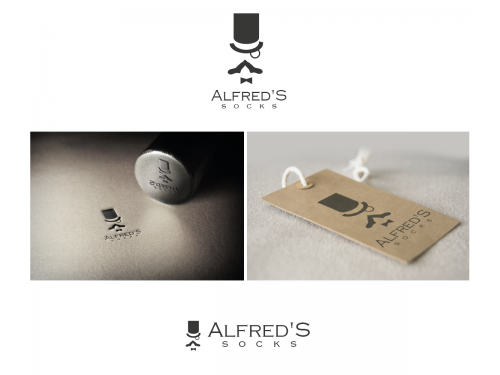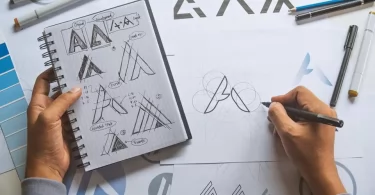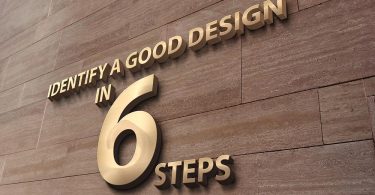Logo design is a part of brand design. But, a brand is not just a logo design. When does a logo become part of a brand?
To answer this question, let’s first define what a logo is and what a brand is:
What is a logo? A logo is a unique, meaningful design that’s paired with your company name in an interesting and cohesive way. The logo also has a color palette assigned to it. It must be scalable, able to be reproduced consistently in all of your marketing, and timeless — so that it doesn’t get stale or look old too soon.
What is a brand? A brand is “The collection of perceptions that your customer has about your business”. Note that the brand lives in your customer’s mind — and the ideas that they have about your business.
This doesn’t mean that the brand is out of your control. You can control your customer’s idea of your brand by defining your brand and designing eye-catching, stand-out graphics to communicate that message. Then, use those graphics consistently throughout your marketing materials. That’s all there is to helping your clients get the right idea about your brand.
Aspects of your brand that you have complete control over include:
- The story that you’re telling about your business. The first step in branding is to figure out who you are, what you do, what makes you different and who your best clients are. And, to put that all together in a simple, easy-to-say and easy-to-understand brand story. Use that as the foundation for all of your visual communications, business and marketing writing, and your marketing design and strategy.
- Your logo. Your logo should be designed to visually tell your brand story and to be attractive to your target customers (best clients).
- Your Visual Vocabulary. Your logo is just one piece of your visual communication tools. If your marketing materials just had your logo and text on white paper, that would be a big start, but you’d be missing some big opportunities to making your designs more eye-catching. Your visual vocabulary is all of your additional graphics — like background colors or patterns, header designs, stock photos, your head-shot, borders, special treatments for buttons or special offers, images of your products (like a product shot of your e-book), and your font styles and color palette. This gives you more tools to create stunning designs for your brand.
- Specific marketing material designs. The design of your business card, letterhead, brochure, e-book cover, website, blog, e-zine, and even your Twitter page are all a crucial part of your brand. These materials should reinforce each other and match without blending together too much.
So, a brand is much more than a logo — it’s the consistent story that you tell through your unique graphics (and all the other ways that you talk and write about your business).
That story gets into your customers’ minds and — if you’ve created a stand-out brand — it will stick there!
Once you create this stickiness, also called memorability, your clients will all be “on the same page” about your brand. This means that their comments and buzz about your company can reinforce their ideas about you — and the ideas that you want them to have about your business.
Subscribe to our Newsletter!



